The Science of “Keep Eating” The Missing Piece in Endurance Nutrition

Have you ever noticed we get endless advice on how much to eat—yet almost nothing about the systems that decide whether your body will actually let you eat them?
If you’ve ever stood at the start line of a grueling triathlon or a marathon, you know the buzz—the electric anticipation in the air. You’ve trained for months, meticulously preparing your body. But there’s one factor that doesn’t often make it to the forefront of your race day checklist: how your palate and stomach will endure hours of sugar-rich gels and drinks. Let’s embark on a journey into the science of food intake, appetite regulation, where sweetness can be both an ally and a nemesis.
Here’s the big picture: eating is run by a three-way control system—homeostatic, hedonic, and cognitive. Homeostatic control resides in the hypothalamus, where two groups of neurons regulate every bite: one promotes hunger, while the other promotes satiety. They read short-term signals from your gut—mechanical stretch in the stomach, chemical composition and osmolarity of what you just ate, and a surge of hormones transmitted via the vagus nerve. Ghrelin levels rise before meals to stimulate appetite. When nutrients reach the small intestine, CCK, GLP-1, PYY, and amylin slow gastric emptying and increase feelings of fullness. Meanwhile, intestinal transporters like SGLT1 (for glucose) and GLUT5 (for fructose) inform the brain, “fuel is arriving,” and even the cephalic phase—the anticipation and first taste—prepares insulin and salivation before the first swallow. Over time, leptin from fat tissue and insulin from the pancreas function like background controls, signaling overall energy stores and generally reducing intake when reserves are sufficient—unless chronic excess or sleep deprivation weaken those signals.
Running in parallel is the hedonic system—the dopamine and opioid circuits from the ventral tegmental area to the nucleus accumbens—that tune “wanting” and “liking.” This is why novelty, aroma, and texture matter, and why sensory-specific satiety makes the fifth bite of the same flavor less appealing than the first. Layer on stress biology and sleep: cortisol shifts preferences toward quick, palatable energy; short sleep raises ghrelin and lowers leptin, tilting you hungrier. Finally, cognition—your plans, habits, culture, and beliefs—can overrule discomfort for a while (“eat every 20 minutes”), but if gut signals say “too concentrated” and reward circuits are bored or aversive, the plan cracks.
Put it all together and you get a strong, mostly automatic control loop: quick, meal-to-meal regulators (stretch, gut peptides, osmolarity, taste) prevent excessive eating in the short term; slower signals related to fat stores (leptin, insulin) help maintain body weight over weeks to months; reward circuits and learned associations influence what you want in the moment; sleep and stress adjust the set points; and your conscious rules sit on top trying to coordinate everything. As much as we like to think we’re fully in charge, most of the time this system quietly keeps us near energy balance and prevents deficiency—unless we deliberately break it with ultra-processed, highly palatable diets, chronic restriction, poor sleep, or ongoing stress. Poor sleep and stress? Sounds like an ultra-endurance event. So, how do intense activities like an Ironman, marathon, or ultramarathon affect these mechanisms?

In a marathon or IRONMAN, the body flips into survival mode—sympathetic drive shunts blood from the gut to muscles and skin, slowing digestion and increasing nausea risk. Short-term appetite brakes fire: ghrelin (the “eat” signal) drops, while GLP-1, PYY, CCK, and amylin rise as soon as carbs hit the intestine, further slowing gastric emptying. Heat, dehydration, and high lactate levels, along with stress hormones (adrenaline, cortisol), suppress hunger, and exercise-linked metabolites like Lac-Phe can mute appetite for hours. Running adds mechanical jostling; thick, hypertonic gels without enough water pull fluid into the gut, stalling emptying. If intake exceeds what SGLT1 (glucose) and GLUT5 (fructose) can absorb, carbs sit, ferment, and cramp. Meanwhile, the brain’s reward system gets bored or aversive—sensory-specific satiety turns “sweet” into “nope,” especially under heat and stress. Net effect: at race pace, you won’t feel like eating, even when you need to. Afterward, ghrelin rebounds, and hunger can overshoot. Bottom line: hard efforts temporarily override normal appetite control and make the gut picky; only smart tactics—water with concentrates, lower tonicity in heat, glucose+fructose mixes, flavor/texture rotation, and gut training—keep fuel going down when your body would rather refuse it.

What we frequently see at races is that with every mile, the once-tolerable taste of your energy gel transforms into something akin to torture. Despite your best-laid plan, your taste buds revolt. It’s not just personal preference—it’s physiology at play, and today, we dive into the reasons why.
Let’s learn how the body’s intricate systems of energy regulation, reward, and cognition interact. The arcuate nucleus of the hypothalamus, for instance, is a command center that balances signals from hormones such as ghrelin and leptin that regulate hunger and fullness. It’s like an orchestra where hormones provide the sheet music, and your brain is the conductor trying to maintain harmony.
Imagine a train on a well-laid track. In our case, the track is your carefully constructed nutrition plan, but as the miles pass, the train—the body—begins to waver. It’s not just a matter of willpower; it’s a physiological negotiation. Your body, in its remarkable complexity, decides it’s had enough of the same stimuli, whether it’s flavor or consistency. This is sensory-specific satiety—a mechanism designed to prevent overconsumption and ensure diverse nutrient intake. It sends a clear signal. Our body doesn’t want the same thing over and over. We are built to seek foods with various flavors and nutrients. Your body tries to tell you something—it probably knows better—and if you don’t listen, it will teach you a lesson.
Translating this into practical advice for your endurance efforts is essential. It’s about developing a flexible fueling strategy that adjusts as needed. Look into research on rotating flavor profiles and different carbs, fats, and textures to keep you engaged and compliant. Think of your fuel options like a musical playlist, where each song (or gel) needs its own distinct appeal to keep the experience fresh and motivating.
Instead of sticking solely to sweet options, integrate a rotation that includes umami-rich broths or mildly bitter notes like cacao. Swap the sticky, syrupy textures with something more chewable or even a small savory snack. This is your palate-rescue toolkit—a set of solutions that keeps your energy and spirits high as the race progresses.
Empowerment comes from understanding these systems intimately. Begin training with your chosen flavors well ahead of race day, just like you would with interval sessions or long runs. This allows your body to adapt, reducing the risk of rejection when it truly counts. Keep note of what works and what doesn’t during training to tailor a plan that resonates with your unique physiology.
As you lace up for your next adventure, remember that fueling is not just about topping up your glycogen stores. It’s about embracing a holistic approach that respects the body's response to stimuli over time. The very science that engineers our need for sweetness also holds the keys to overcoming its challenges. As you explore these strategies, know that each choice you make is a step toward not just finishing, but finishing strong.
Endurance is both a mental and a physical journey, and armed with this knowledge, you can transform your race-day experience from mere survival to triumph. So keep experimenting, keep learning, and let the science of sweet fuel your path forward.
References
-
Morton GJ, Meek TH, Schwartz MW. Neurobiology of food intake in health and disease. Nat Rev Neurosci. 2014;15:367–378.
-
Gautron L, Elmquist JK, Williams KW. Neural control of energy balance: translating circuits to therapies. Cell. 2015;161:133–145.
-
Schwartz MW et al. Central nervous system control of food intake. Nature. 2000;404:661–671.
-
Roh E, Song DK, Kim M-S. Emerging role of the brain in the homeostatic regulation of energy and glucose metabolism. Exp Mol Med. 2016;48:e216.
-
Steinert RE, Feinle-Bisset C, Asarian L, et al. GLP-1, PYY, ghrelin & friends: gastrointestinal peptides and energy balance. Physiol Rev. 2017;97:411–463. ScienceDirect
-
Marathe CS, Rayner CK, Jones KL, Horowitz M. Relationships between gastric emptying, postprandial glycemia and incretin hormones. Diabetes Care. 2013;36:1396–1405. PubMed
-
Lutz TA. The role of amylin in the control of energy homeostasis. Am J Physiol Regul Integr Comp Physiol. 2005;289:R1432–R1434. PubMed
-
Teff K. Nutritional implications of the cephalic-phase reflexes: endocrine responses. Appetite. 2000;34:206–213.
-
Wiedemann SJ et al. Evidence for cephalic phase insulin release in humans: systematic review & meta-analysis. Appetite. 2020;155:104792.
-
Langhans W. The elusive cephalic phase insulin response. Physiol Rev. 2023;103:297–338.
-
Lasschuijt MP et al. Endocrine cephalic phase responses to food cues. Adv Nutr. 2020;11:1286–1298.
-
Chambers ES, Bridge MW, Jones DA. Carbohydrate sensing in the human mouth: effects on exercise performance and brain activity. J Physiol. 2009;587:1779–1794.
-
Jang H-J et al. Gut-expressed gustducin/taste receptors regulate SGLT1 expression. PNAS. 2007;104:15069–15074. PubMed
-
Ouerghi N et al. Ghrelin response to acute and chronic exercise: systematic review. Nutrients. 2021;13:4029.
-
Douglas JA et al. Acute exercise suppresses appetite and increases PYY/GLP-1. Int J Obes. 2017;41:1737–1746.
-
Broom DR et al. Exercise-induced suppression of acylated ghrelin in humans. J Appl Physiol. 2007;102:2165–2171.
-
Martins C, Morgan L, Bloom S, Robertson MD. Effects of exercise on gut peptides, energy intake and appetite. J Endocrinol. 2007;193:251–258.
-
Thackray AE, et al. The impact of acute exercise on appetite control. Appetite. 2023;181:106357.
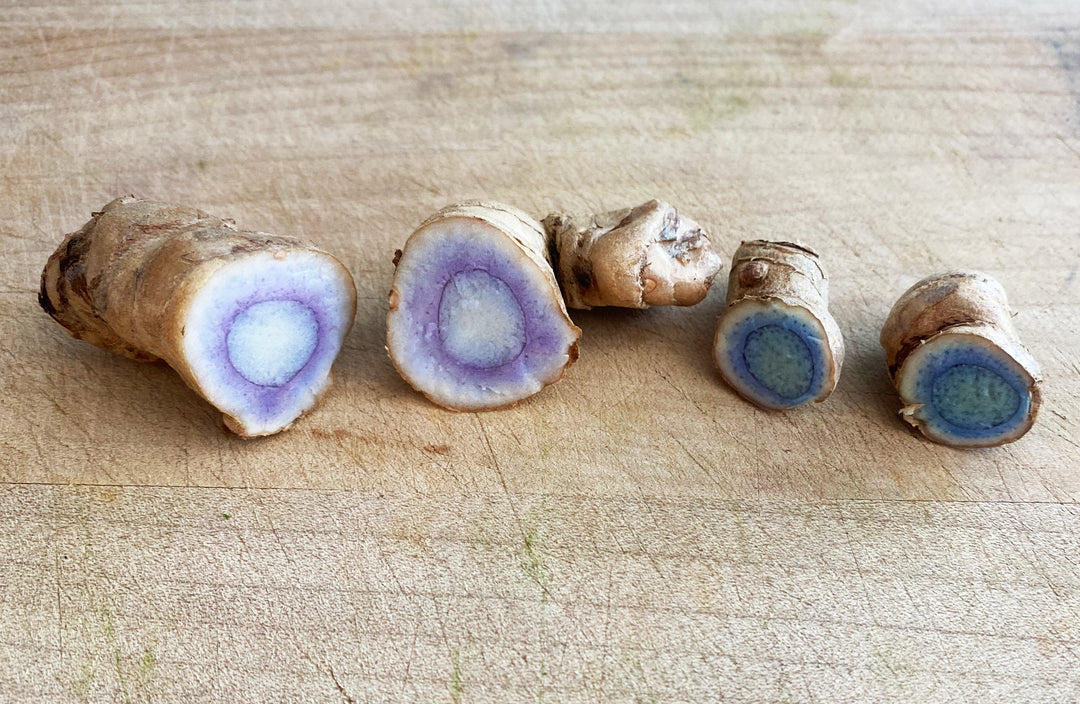


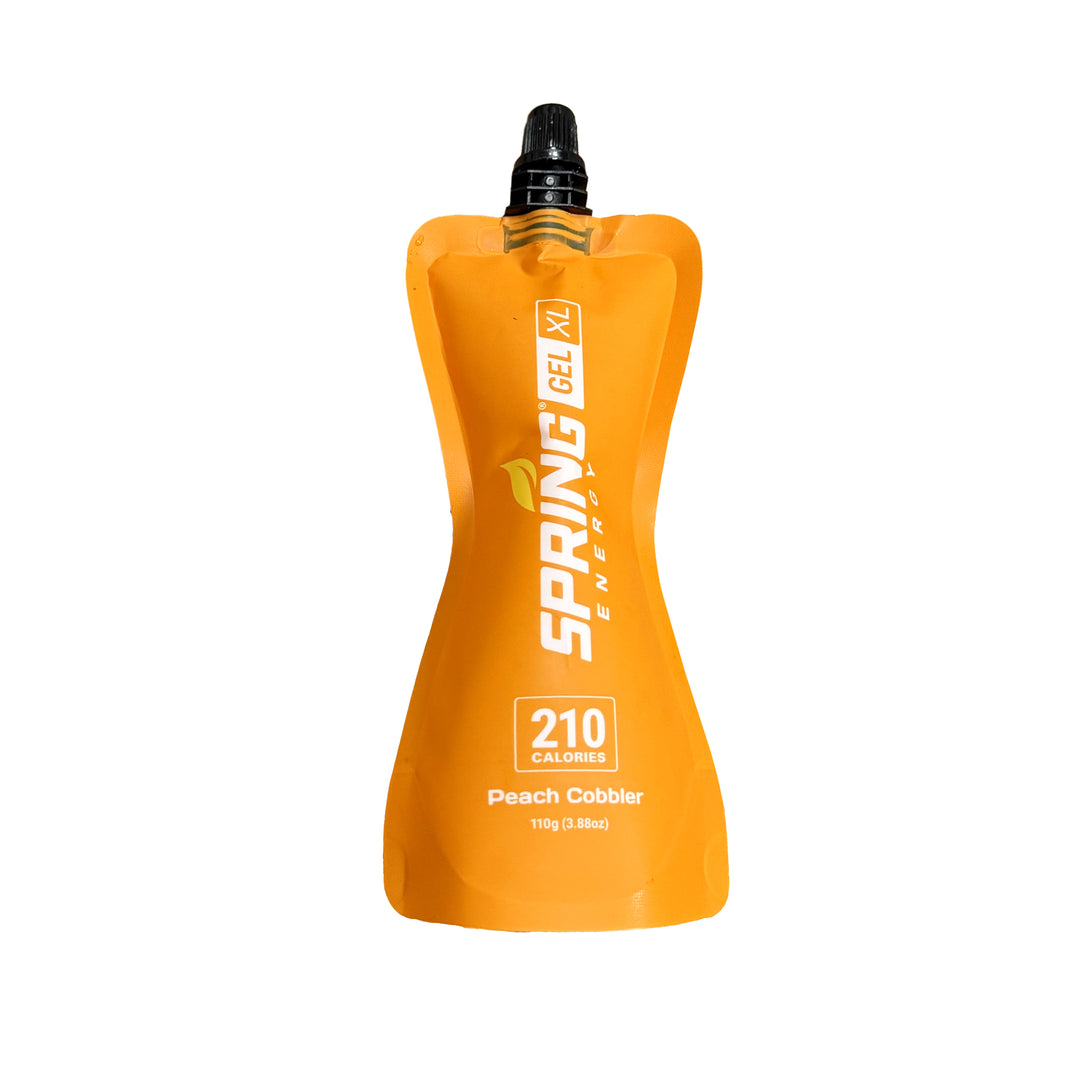
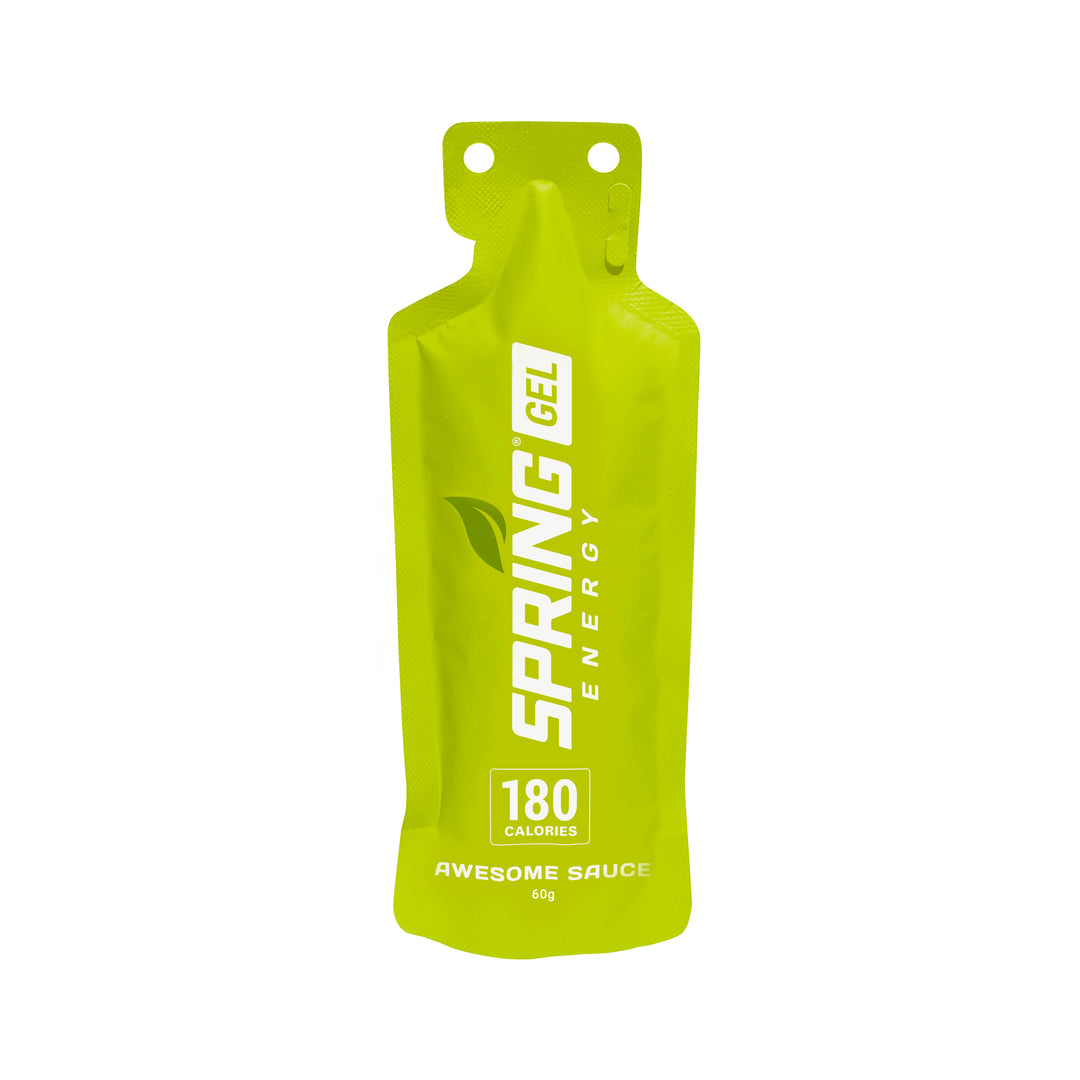
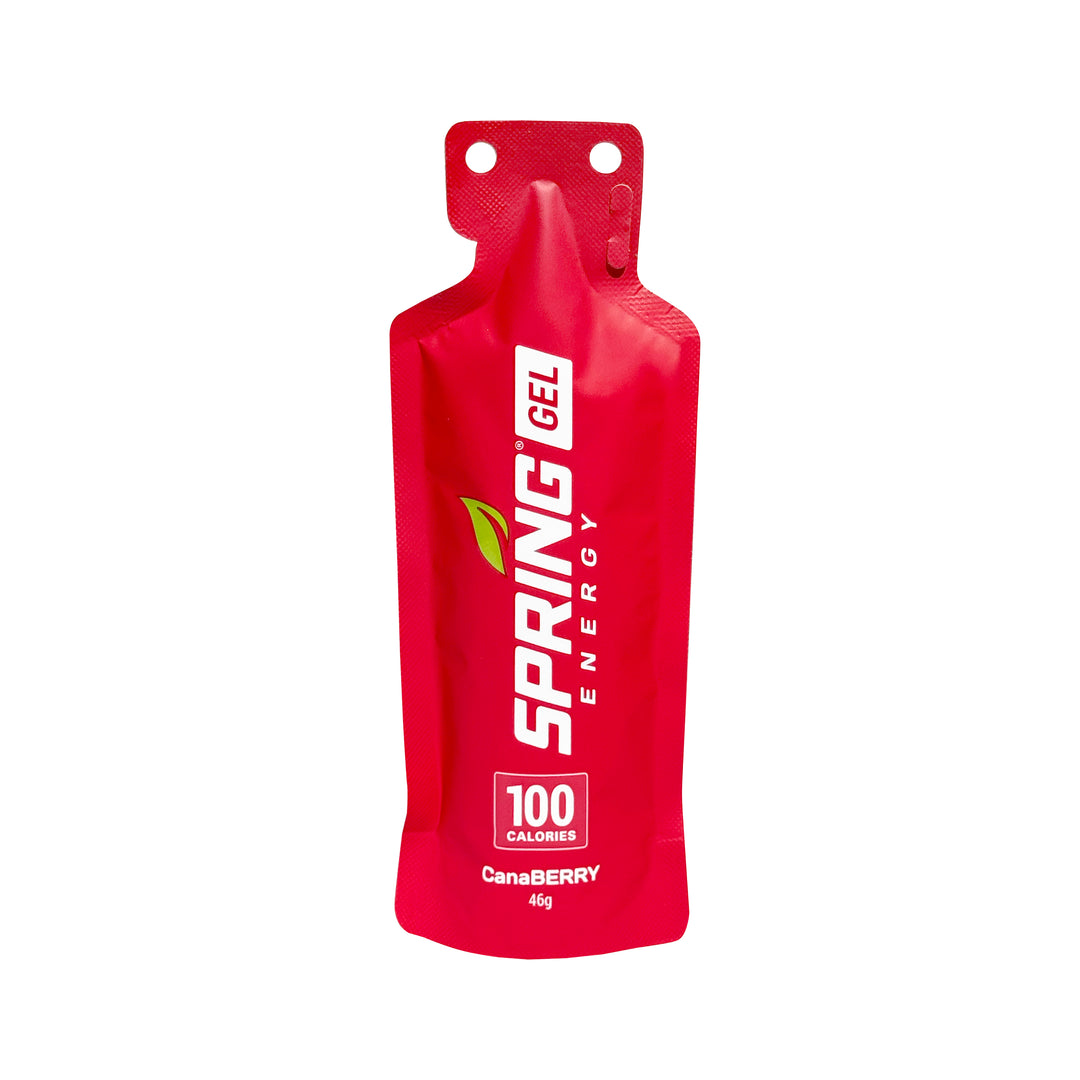
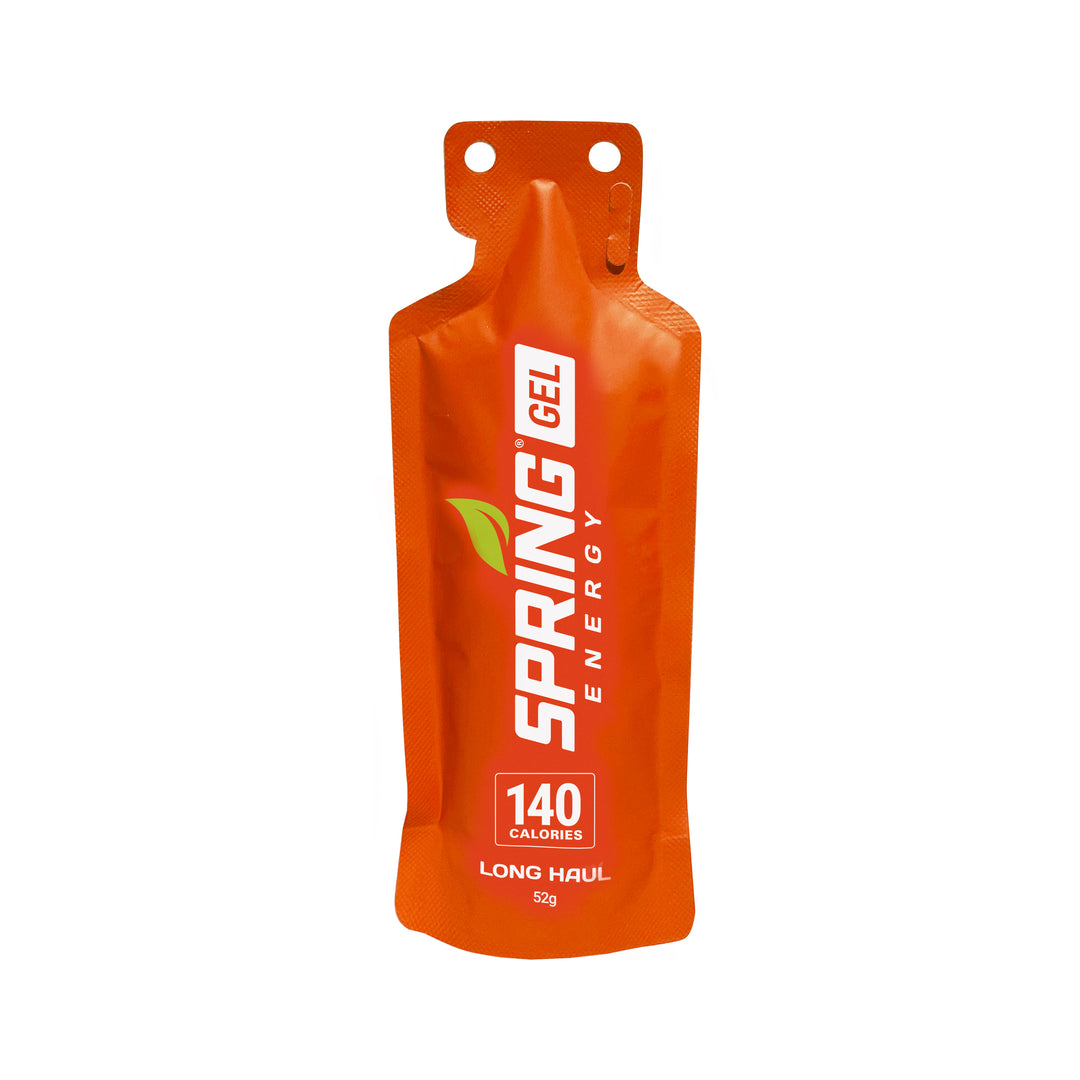
Leave a comment